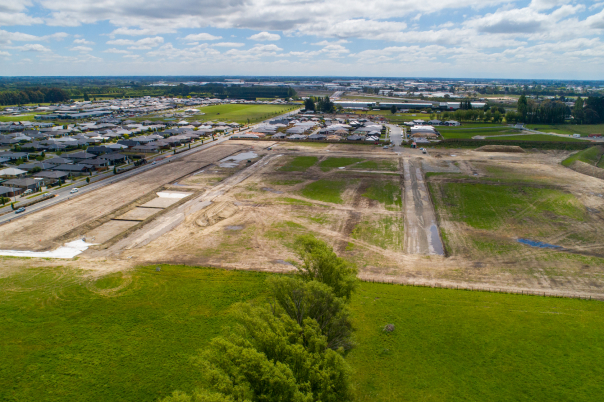By Anna Bensemann, Senior Planner, Baseline Group, Ph 0800 254 123 E: info@blg.nz | Sept 23, 2024

Can I subdivide my land? This is a common question asked of planners, closely followed by; how much will it cost? The answers to these questions are often complex and specific to each property. However, there are some fundamental basics which help to work out if it’s feasible to subdivide a property, or not.
Districts are divided into mapped zones to allow for different rules to apply in different areas. These usually consist of residential zones, business or commercial zones, and industrial zones. Additionally, there are typically rural zones and rural lifestyle or rural residential zones.
Each zone will have a different minimum allotment size requirement, this is the minimum area required for each new title but excludes shared driveway areas. In many urban zones, allotments are also required to include a shape requirement such as containing a square with specified dimensions, or able to contain a circle of a specific diameter.
Each property is required to have legal and physical access from a road. This may mean creating a right of way over a shared driveway to ensure each property has legal rights to access land. Physical access may mean installing a driveway that meeting council standards for more than one allotment. This could involve sealing the shared driveway to specified widths.
How a site is provided with infrastructure is also a key factor in determining the feasibility of a subdivision. Are council water supply, sewer, and stormwater systems available to the property, and do they have sufficient capacity to service additional houses? This often requires communication with council’s asset department to confirm. Some councils charge connection fees to allow for new property to connect to their infrastructure. In almost all cases, a new development will be required to install separate water connections for each title to the council network in the street, to ensure there is no contamination of water supply between properties.
One of the largest costs of a development can be the Development Cost Contributions charged by council. These contributions, which may include financial and reserves contributions, are a one-off payment to council for the right to add additional properties to the district. These contributions go towards capital investment in road infrastructure, community facilities, reserves, and reticulated infrastructure (water, sewer and stormwater) and are charged per additional allotment.
When considering the feasibility to subdivide, understanding minimum allotment size and shape, physical and legal access, connection to services and development contributions are the key basic factors. However, each site is unique and there may be many other factors that determine the costs and feasibility of a subdivision. For more detailed advice seek the guidance of a local, experienced planner.
Articles you might be interested in
- Granny Flats are not lawful – Yet
- Key Fundamentals of Urban Design and how these are showcased in Rolleston
- Target Price Contracts: A Smarter Way for Developers to Avoid Budget Blowouts
- New RMA rules tighten hazard controls for urban development
- The enjoyment of private property rights
- How AI can shape our future?
- What are development contributions and how might they affect you?
- Granny Flats to Be Allowed, Without Consent: What Homeowners Need to Know
- Adapting to a Depreciating New Zealand Dollar (NZD)
- Understanding Land Covenants: What You Need to Know